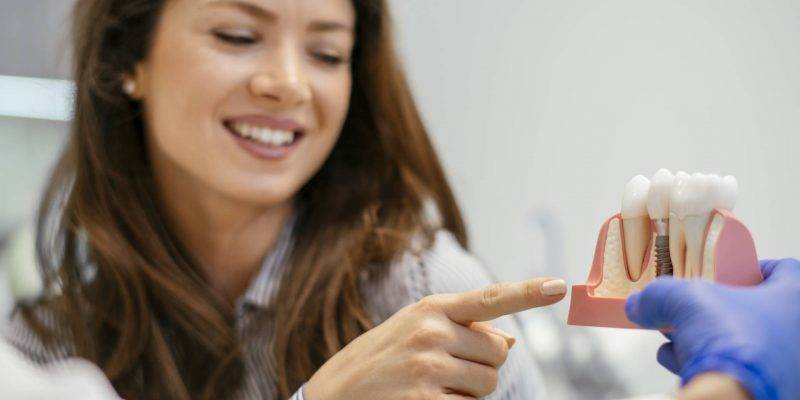When it comes to dental implants, a healthy foundation is crucial for long-term success. If your sinus cavity is too close to your upper jaw, a sinus lift may be necessary to ensure your implant has a solid base. At Heritage Dental & Orthodontics, we offer sinus lift procedures to help you achieve the smile you deserve.

Enhance Your Smile with a Sinus Lift in San Antonio
What Is a Sinus Lift and Why Is It Needed?
A sinus lift, or sinus augmentation, is a surgical procedure designed to add bone to the upper jaw in the area of the molars and premolars. This procedure creates enough space for dental implants by lifting the maxillary sinus. This process is vital for those with insufficient bone volume to support implants.
Types of Sinus Lift Procedures
- Vertical Sinus Lift: This procedure increases the vertical height of the bone, making it possible to place implants even when there is limited bone available.
- Sinus Lift Bone Graft: Bone material is added to your sinus floor to encourage the growth of new bone that will support your dental implants.
What to Expect During Your Sinus Lift Surgery
Sinus lift surgery is typically performed under local anesthesia or sedation. One of our dentists will make an incision in the gum tissue and carefully lift the sinus membrane before adding bone graft material. Once the graft is in place, your gums will be stitched back together, and the area will heal over several months before your dental implants can be placed.
Sinus Lift Recovery and Aftercare
Recovery time varies from patient to patient, but most individuals can expect to heal within 4 to 6 months. Following the procedure, you may experience some swelling, bruising, or mild discomfort, which can be managed with over-the-counter pain relief. Your dentist will provide you with aftercare instructions to ensure proper healing.
Understanding Sinus Lift Complications and Risks
As with any surgery, sinus lift procedures come with some potential risks. These include infection, sinus perforation, or complications with the bone grafting material. Your dentist will discuss these risks and ensure that you are a suitable candidate for the procedure.
Sinus Lift Alternatives
If a sinus lift isn’t the best option for you, there are alternative treatments available, including ridge expansion or using shorter dental implants. We will walk you through the different alternatives.
Sinus Lift Cost and Insurance Coverage
The cost of a sinus lift procedure can vary depending on the complexity of your case and your dental insurance plan. Heritage Dental & Orthodontics works with many insurance providers to help you understand your options and provide cost-effective solutions.
Restore Your Smile with Expert Sinus Lift Procedures
At Heritage Dental & Orthodontics in San Antonio, TX, we’re committed to providing advanced care to help you achieve a healthy and confident smile. If you’re considering dental implants but require a sinus lift, our team is here to guide you through every step of the process with compassion and expertise.
